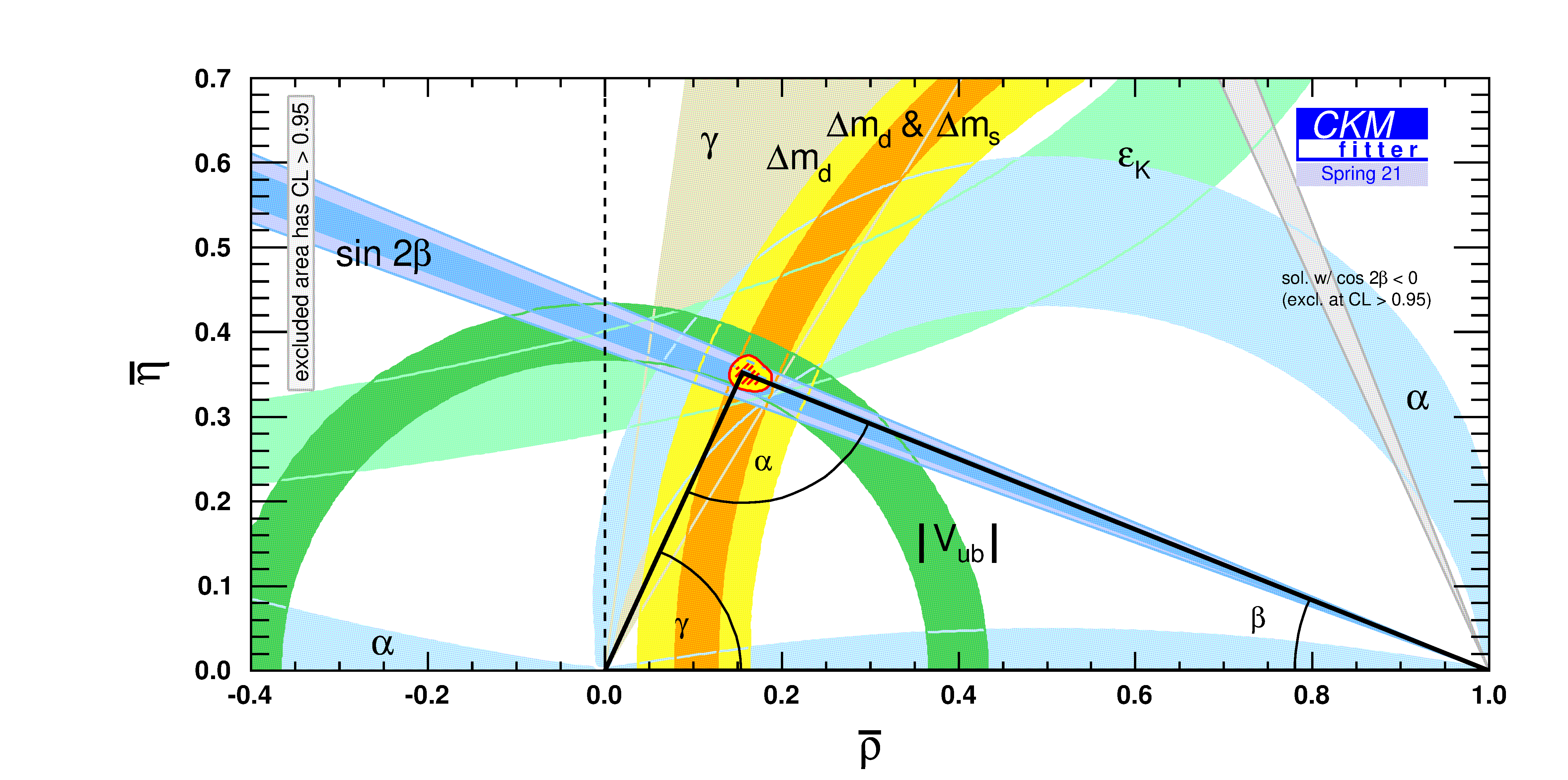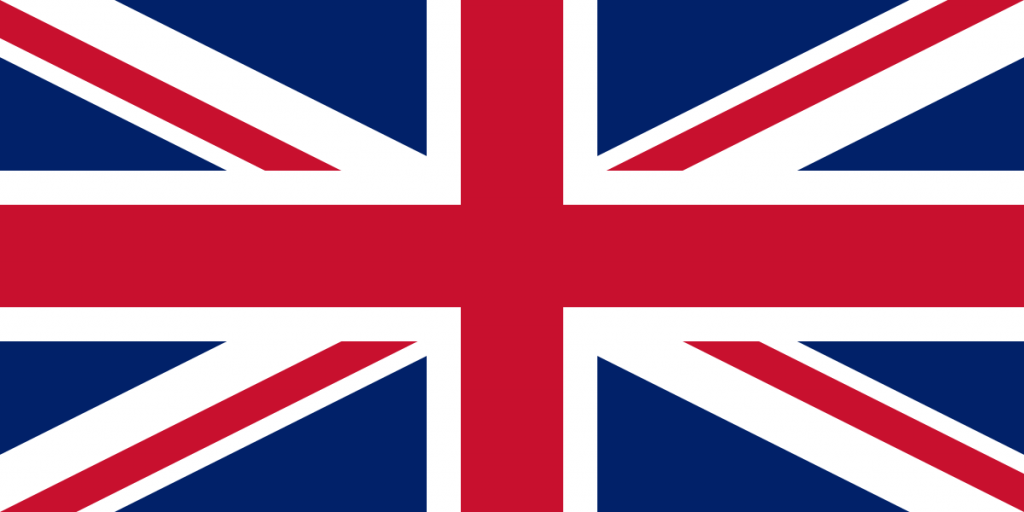Understanding the origin of the baryon asymmetry of the Universe is one of the key issues of modern physics. Sakharov showed that such an asymmetry can arise if three conditions are fulfilled, one of which is the requirement that both charge (C) and charge-parity (CP) symmetries are broken. The latter phenomenon arises in the Standard Model of particle physics through the complex phase of the Cabibbo-Kobayashi-Maskawa (CKM) quark mixing matrix, although the effect in the SM is not large enough to account for the observed baryon asymmetry in the Universe. Violation of CP symmetry can be studied by measuring the angles of the CKM unitarity triangle. The least precisely known of these angles, γ ≡ arg[−Vud Vub*/ Vcd Vcb*], can be measured using only tree-level processes; a method that, assuming new physics is not present in tree-level decays, has negligible theoretical uncertainty. Disagreement between such direct measurements of γ and the value inferred from global CKM fits, assuming the validity of the SM, would indicate new physics beyond the SM. The value of γ can be determined by exploiting the interference between favored b →cW (Vcb) and suppressed b → uW (Vub) transition amplitudes. The B0s → Ds∓ K± decay channel is one of the “golden modes” for this measurement. The LHCb Padova group collaborated to the extraction of γ using this decay channel. Recently the results of this analysis have been published using all the LHCb Run 1 data set, corresponding to an integrated luminosity of 3 pb-1. Additionally, the LHCb Padova group is coordinating the efforts to pursue a similar analysis using the B0s → Ds*∓ K± decay channel. This later mode has a smaller candidates yield with respect to the former, mostly due to the difficulty to reconstruct the decay Ds*∓ → Ds∓ γ in the LHC environment. However, an analysis performed using an independent mode offers the unique opportunity to cross check the result of the “golden mode”, B0s → Ds∓ K±.



